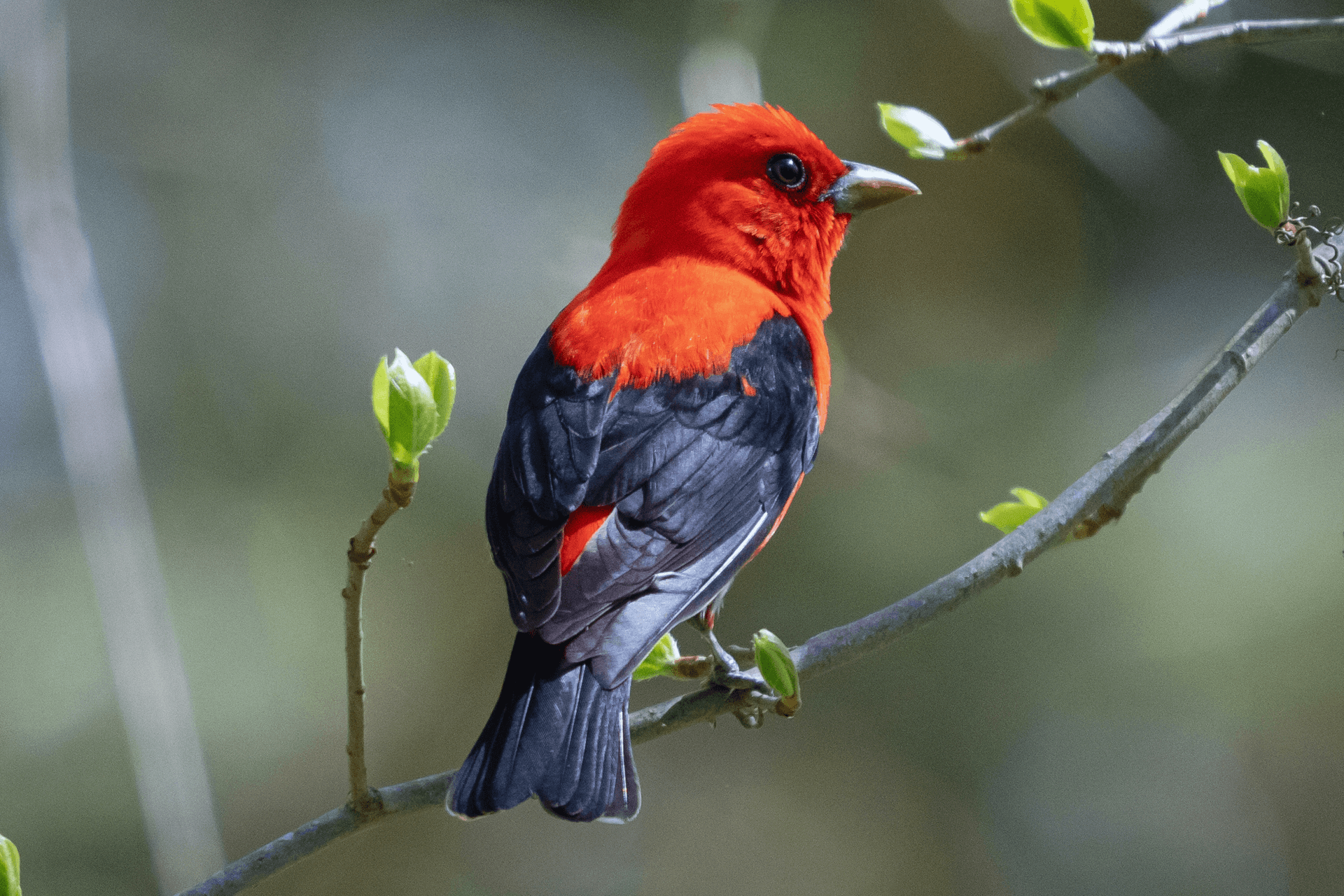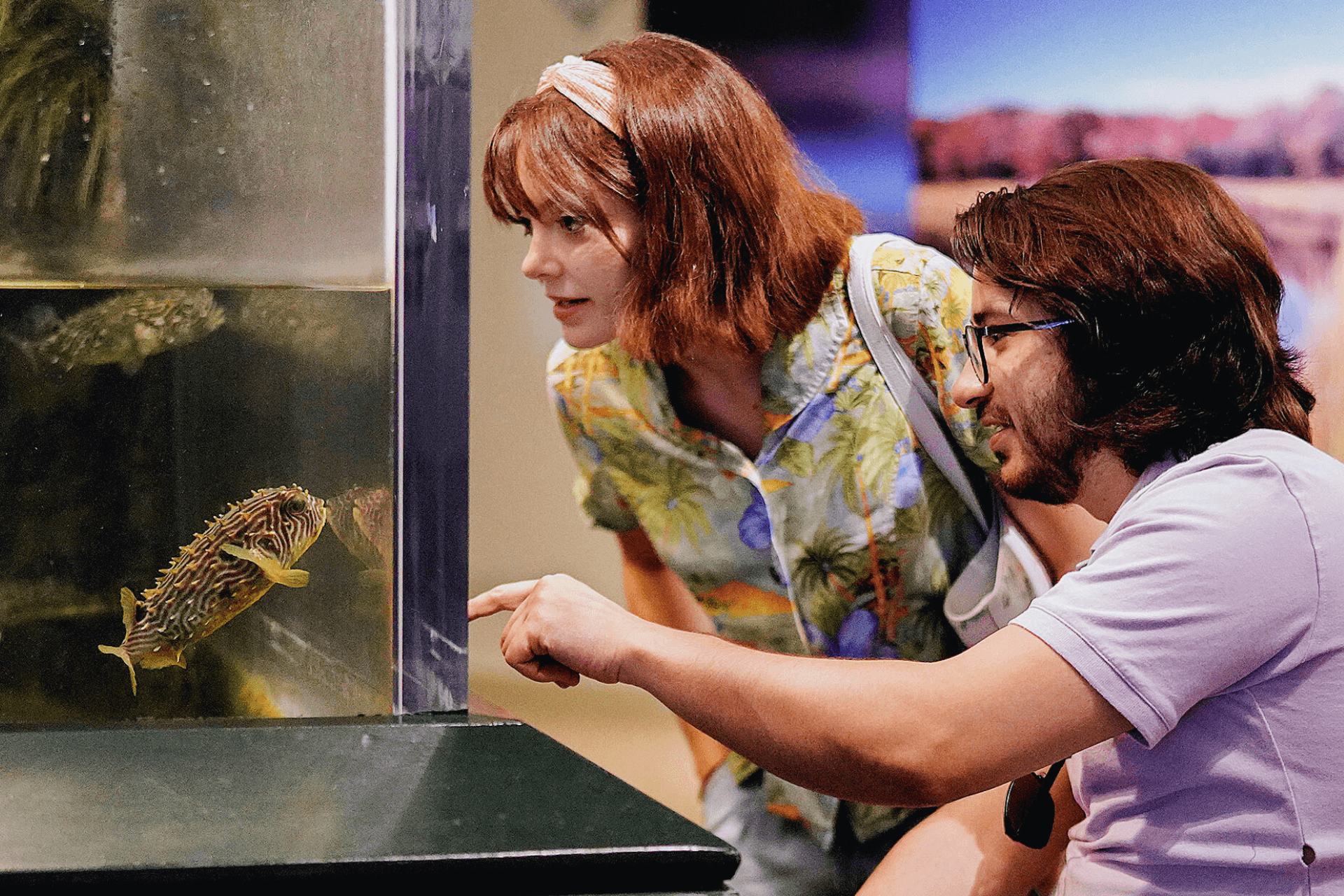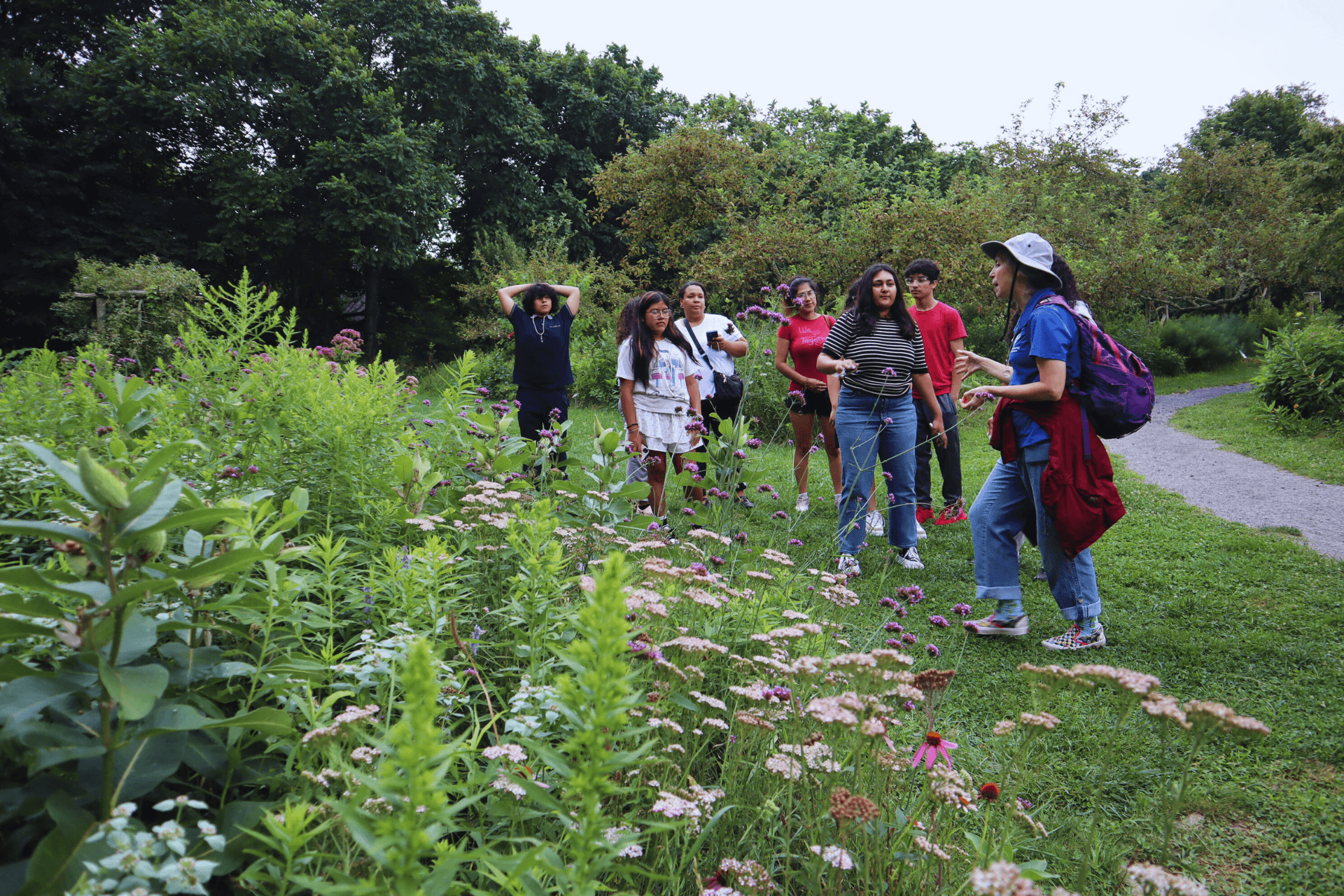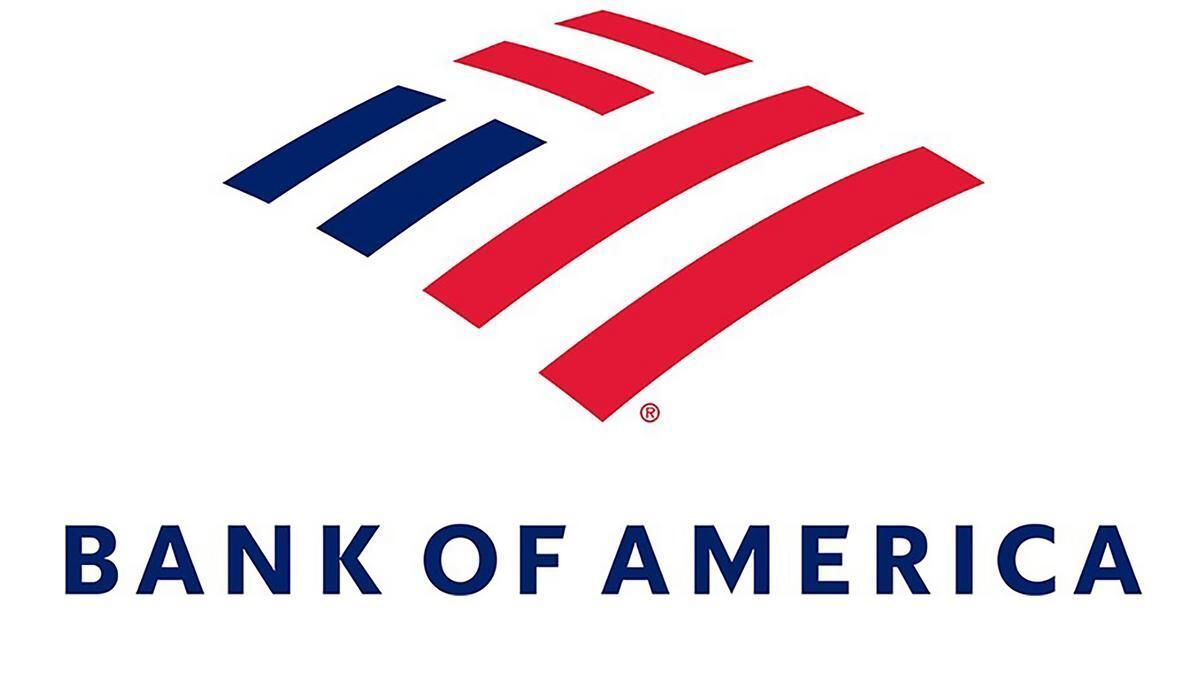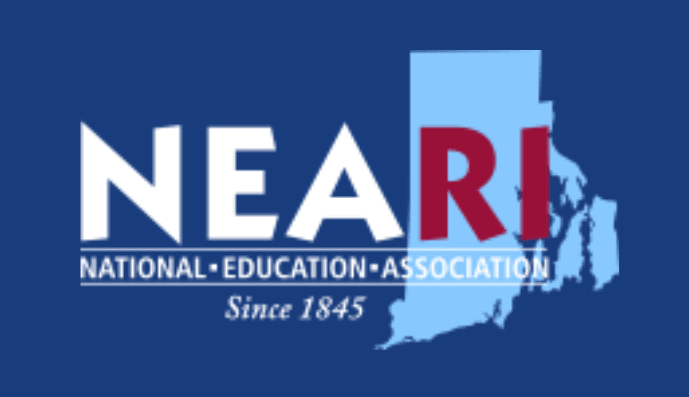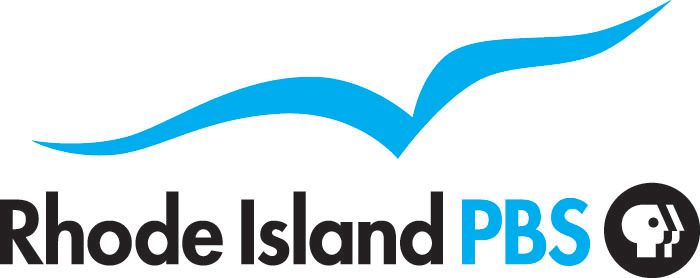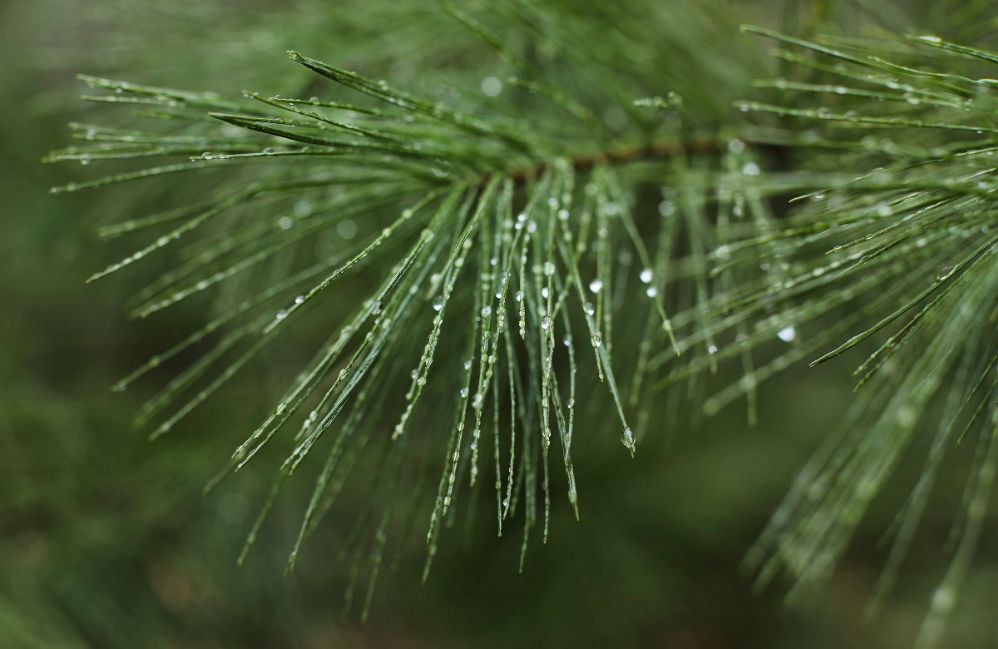
June 4, 2019
Woodlands in a World Impacted by Climate Change
By Meg Kerr, Senior Director of Policy
It’s going to be tough. Limiting global warming below the 2 degrees Centigrade threshold set by the Paris Climate Agreement is a daunting challenge. It will require both rapid decarbonization of our energy, transportation and building sectors and enhanced grasslands and forests to remove greenhouse gases from the atmosphere. Maintaining woodlands in rural areas of the state and promoting tree planting in suburban and urban neighborhoods is part of the solution.
Rhode Island is known for beautiful beaches and Narragansett Bay. But the smallest state -- the second most densely populated in the nation -- also supports vibrant woodland habitats, home to birds, mammals, reptiles and a wide diversity of insects and invertebrates. Woodlands and wetlands filter and clean water and absorb rainfall to reduce flooding, which protects the state’s critical drinking water supplies. They also reduce soil erosion, clean the air, cool the environment and provide wonderful opportunities for outdoor hiking and exploration.
Rhode Island has approximately 370,000 forested acres which cover 55.6 percent of the land area of the State. About a third of these forested acres are owned by the state, conservation organizations like Audubon, and land trusts. The remaining two-thirds of Rhode Island’s woodlands are privately owned.
Wildlife doesn’t care who owns the land, but they do need connected habitats that allow them to move freely from place to place. Mobility is key to survival for many wildlife species. Roads, homes and other developments reduce habitat areas and can limit the ability of animals and birds to move. Habitat connectivity also makes landscapes more resilient to disturbances by allowing species to recolonize after natural events like fires or development. Connectivity also makes woodland areas more resilient to climate change.
Climate change is altering woodland habitats. We are already seeing higher air and water temperatures and more extreme rain events and droughts that affect river and stream flows. These changes will increase over time. Connected woodland habitats will make it possible for Rhode Island’s wildlife to adapt and thrive. Forests need protection.

